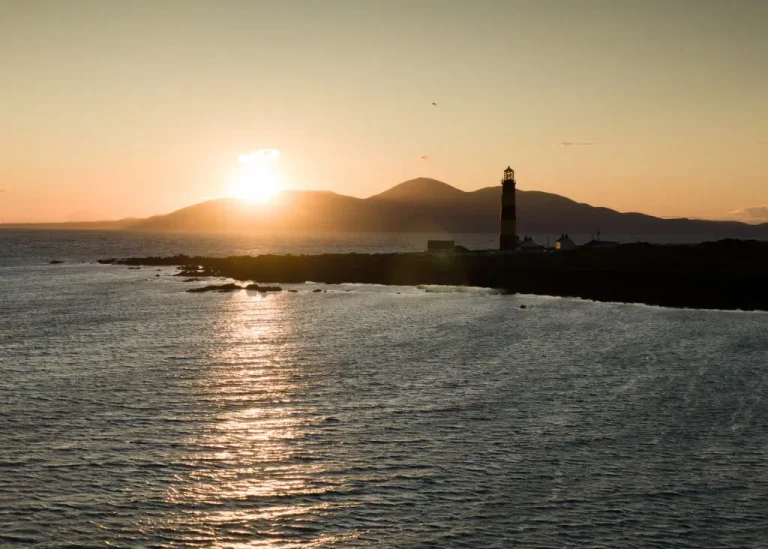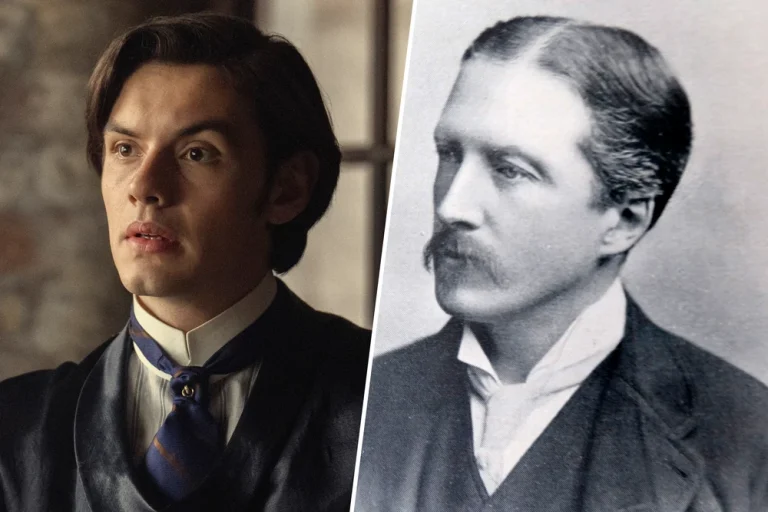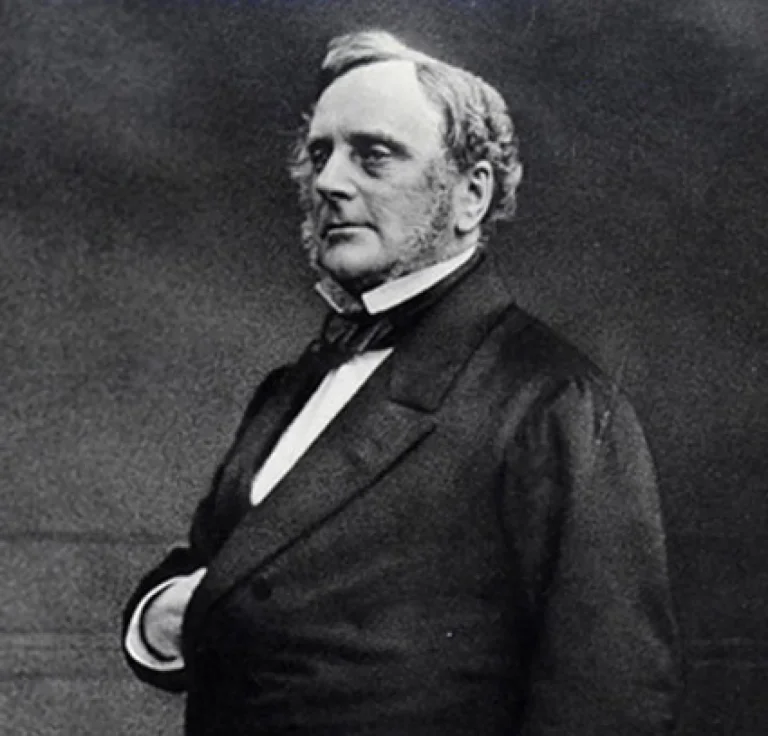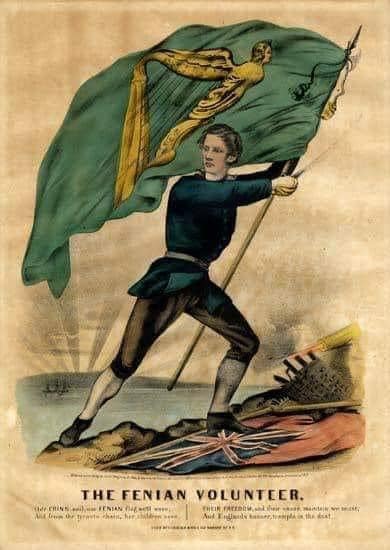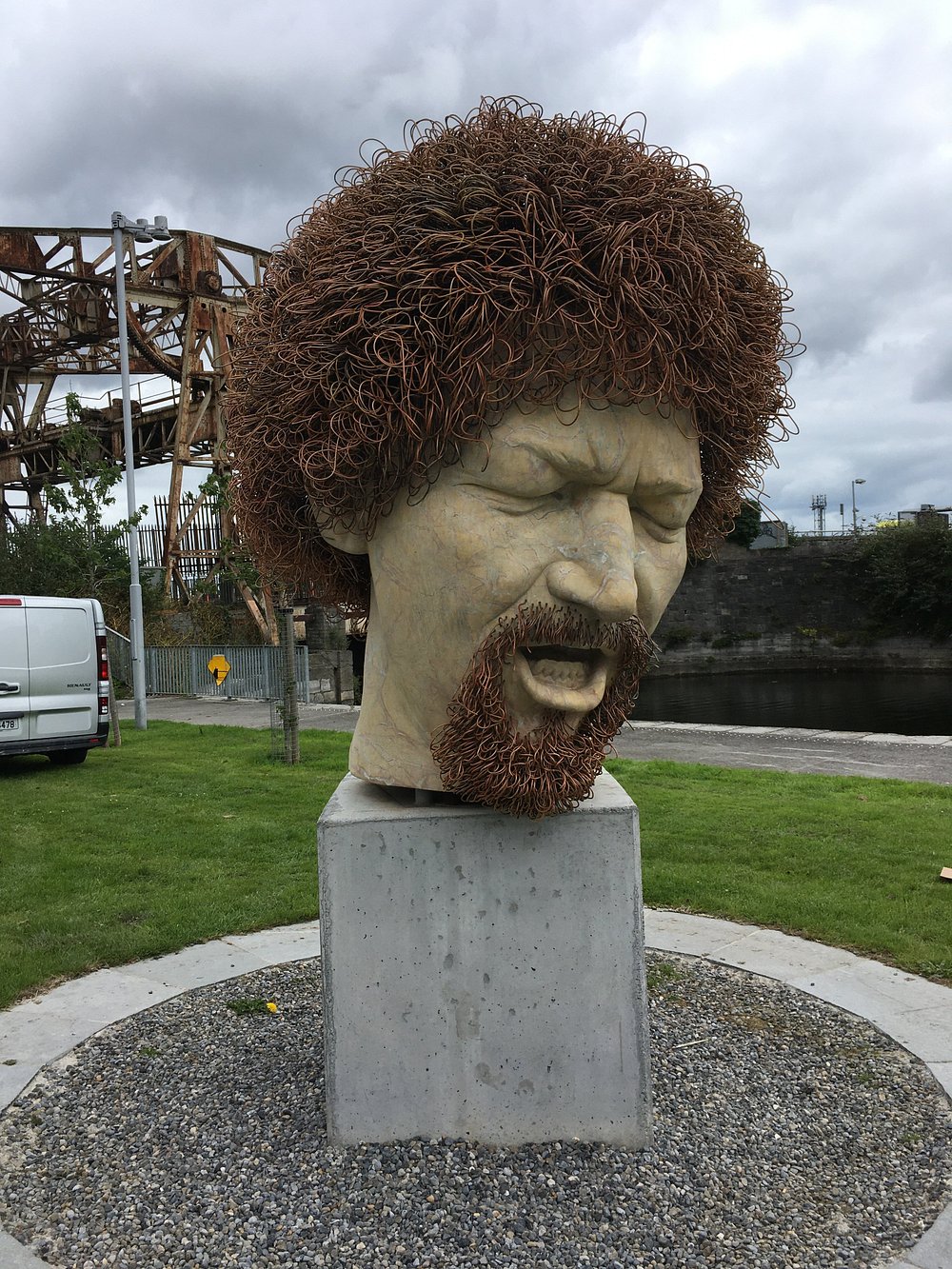

Luke Kelly, the unmistakable voice of The Dubliners, stands as a symbol of Ireland’s rich musical and cultural heritage. His fiery red hair, commanding stage presence, and unparalleled passion for traditional Irish music captured the soul of a nation and brought it to the world. Today, Kelly’s legacy is immortalized not in one, but two Luke Kelly statues, standing proudly in Dublin, celebrating his life and influence.
Let’s explore the story behind these statues, the man they honor, and the legacy he left behind.
How Many Luke Kelly Statues Are There?
Remarkably, there are two Luke Kelly statues in Dublin, a testament to his towering presence in Irish culture and the enduring love the city has for him.
- The North Wall Quay Bust: Created by renowned artist Vera Klute, this striking sculpture, unveiled in 2019, captures Luke Kelly’s iconic likeness in a bold and modern style. The bust features intricate details, including his curly red hair and distinctive expression, and has become an instant landmark along Dublin’s North Wall Quay. The unique design has drawn both praise and curiosity, showcasing Kelly in a way that feels both contemporary and timeless.
- The Sheriff Street Statue: Located in Sheriff Street, where Kelly spent part of his childhood, this more traditional statue by John Coll portrays Luke seated with his banjo, ready to break into song. Unveiled the same year, it reflects the warmth and approachability that defined Kelly as a performer. This statue feels like a nod to the streets and people who shaped him, anchoring his legacy in the heart of Dublin.
Where Is Luke Kelly’s Grave?
Luke Kelly is buried in Glasnevin Cemetery, Dublin’s most famous resting place for Irish cultural and political figures. His grave has become a place of pilgrimage for fans who wish to pay their respects to the man who gave voice to their stories.
Visitors often leave flowers, messages, or memorabilia as a tribute to his contributions to Irish music and culture. Glasnevin Cemetery is also home to some of Ireland’s most significant figures, making a visit to Kelly’s grave part of a broader journey through Irish history.
Why Is Luke Kelly So Famous?
Luke Kelly’s fame transcends his role as a singer; he was a cultural icon who defined a generation. Born in 1940 in Dublin’s inner city, Kelly grew up surrounded by the struggles of working-class life, which deeply informed his artistry. His voice was raw, powerful, and deeply emotive, capable of conveying both joy and heartbreak.
As a member of The Dubliners, Kelly was instrumental in bringing traditional Irish music to a global audience. Songs like Raglan Road, The Auld Triangle, and Scorn Not His Simplicity remain staples of Irish music, with Kelly’s renditions considered definitive. His ability to connect with audiences—whether singing about love, loss, or social justice—cemented his place as a voice of the people.
Kelly wasn’t just a musician; he was a passionate advocate for social justice. His performances often carried messages of equality and solidarity, making him a powerful voice for change during a turbulent time in Irish history.
What Is the Most Expensive Sculpture Ever Sold at Auction?
While the Luke Kelly statues are priceless in their cultural and emotional significance, the title of the most expensive sculpture ever sold at auction belongs to “L’Homme au doigt” (Pointing Man) by Alberto Giacometti. This iconic piece sold for a staggering $141.3 million in 2015.
Although vastly different in style and intent, the comparison underscores the value of sculpture as a medium for preserving history, culture, and emotion. The Luke Kelly statues, while not created for commercial purposes, hold an irreplaceable place in the hearts of the Irish people.
What Caused Luke Kelly’s Death?
Luke Kelly passed away on January 30, 1984, at the age of 43, after battling a brain tumor. His death was a profound loss for Ireland and the music world, cutting short the life of a man whose voice was still at its peak. Despite his illness, Kelly continued to perform as long as he could, showing remarkable courage and dedication to his craft.
His death marked the end of an era, but his legacy lives on through his music, the work of The Dubliners, and the statues that ensure his contributions will never be forgotten.
The Cultural Significance of the Luke Kelly Statues
The dual statues of Luke Kelly highlight different facets of his personality and legacy. The North Wall Quay bust is bold, artistic, and modern—a reflection of how Kelly’s work continues to inspire new generations. The Sheriff Street statue is warm, traditional, and rooted in the community—a nod to the people and places that shaped him.
Together, these statues offer a holistic tribute to a man who was as much a product of Dublin as he was a voice for its people. They stand as reminders that art, like Kelly’s music, can bridge generations and bring people together.
Luke Kelly’s Legacy Today
Luke Kelly’s music remains as vital today as it was during his lifetime. Songs like Raglan Road and The Auld Triangle are still sung in pubs, at festivals, and on stages around the world, ensuring that his voice continues to resonate. For many, Kelly represents the heart and soul of Irish music—a symbol of authenticity and passion in a world that often feels disconnected.
The two Luke Kelly statues have become pilgrimage sites for fans and tourists alike. They are places to reflect, celebrate, and connect with the spirit of a man who gave so much to his people and his craft.
Exploring More of Dublin’s History
For those intrigued by Dublin’s rich tapestry of culture and history, the stories of other Irish legends and landmarks await discovery. Check out these articles for more fascinating insights:
- How Ireland’s Greatest Warrior Can Be Traced to a Small Village in Co. Louth
- Secrets to Carlingford, County Louth
- How the Knights Templar Ruled Co. Louth
- Louth History: Things to Do in Omeath
A Voice That Will Never Be Silenced
The Luke Kelly statues in Dublin are more than just sculptures—they are symbols of a man who gave voice to Ireland’s soul. Whether you’re admiring the bold artistry of the North Wall Quay bust or the heartfelt realism of the Sheriff Street statue, you’re connecting with a legacy that transcends time and space.
Luke Kelly’s life may have been tragically short, but his influence is eternal. Through his music, his activism, and now his statues, he remains a vital part of Ireland’s cultural identity—a reminder that the power of a single voice can change the world.
Luke Kelly: A Voice That Defines Ireland
Luke Kelly was more than just a musician; he was a cultural phenomenon who embodied the struggles, hopes, and dreams of Ireland’s people. His statues are fitting tributes to a man who lived to give voice to the nation, using music to bridge divides and bring people together.
Much like Phil Lynott, another iconic figure celebrated through a statue in Dublin, Luke Kelly captured the spirit of the Irish people. Both artists channeled their personal stories into their art, leaving behind legacies that resonate deeply with fans around the world. You can learn more about Lynott’s enduring influence and his own Dublin statue here: Phil Lynott Statue: A Rock Legend Immortalized in Dublin.
Luke Kelly’s Enduring Influence
Though Luke Kelly passed away nearly four decades ago, his music remains a cornerstone of Irish culture. His performances with The Dubliners introduced Irish ballads to a global audience, forever changing how traditional music is perceived. His renditions of songs like Raglan Road and The Auld Triangle have become definitive, standing the test of time as poignant reflections of Ireland’s heritage.
For today’s Ireland, Kelly’s legacy is a reminder of the power of authenticity and the importance of staying true to one’s roots. His statues, much like his songs, are symbols of resilience, creativity, and the Irish spirit—a spirit that lives on in the streets of Dublin and beyond.
Dublin: A City of Statues and Stories
Dublin’s rich cultural landscape is dotted with statues and landmarks that celebrate its most beloved figures. From Luke Kelly to Phil Lynott, these sculptures are more than just works of art—they are touchpoints for understanding Ireland’s history and the people who shaped it.
If you’re planning a visit to Dublin, exploring these statues is a must. They are not only visually striking but also deeply moving tributes to individuals who gave Ireland a voice on the world stage. The connection between Kelly and Lynott, two giants of Irish music, speaks volumes about the city’s role as a cultural epicenter.
Discover More Irish Legends
Ireland’s history is brimming with fascinating stories and remarkable figures. If the tales of Luke Kelly and Phil Lynott have inspired you, delve deeper into the rich cultural fabric of the country with these incredible reads:
- How Ireland’s Greatest Warrior Can Be Traced to a Small Village in Co. Louth
- Secrets to Carlingford, County Louth
- How the Knights Templar Ruled Co. Louth
- Louth History: Things to Do in Omeath
Conclusion: Celebrating Legends, Preserving Heritage
The Luke Kelly statues in Dublin stand as enduring testaments to a man who gave Ireland a voice through music. Together with the Phil Lynott statue, they form part of a larger narrative about Irish resilience, artistry, and passion. These monuments celebrate not just the individuals they honor but also the culture they helped shape.
Whether you’re visiting Dublin for the first time or revisiting its iconic landmarks, take a moment to reflect on the stories behind these statues. They remind us of the power of art, music, and storytelling to keep a nation’s spirit alive. Luke Kelly may have left us too soon, but his legacy, much like his voice, will never fade.
